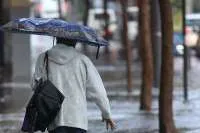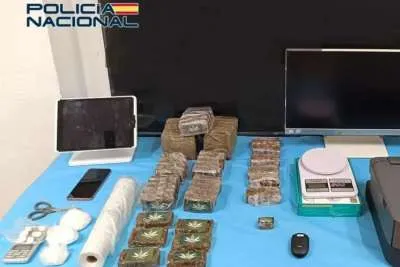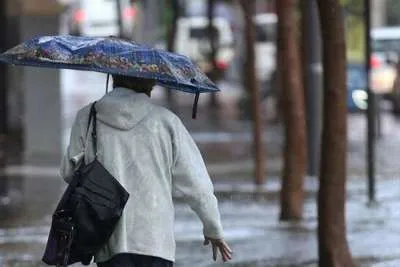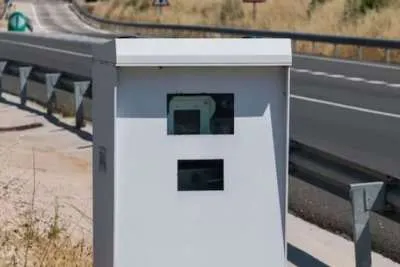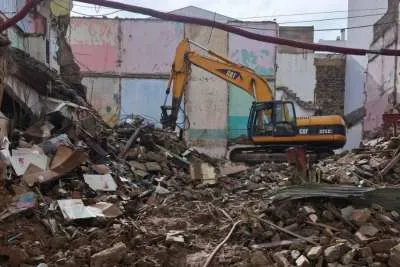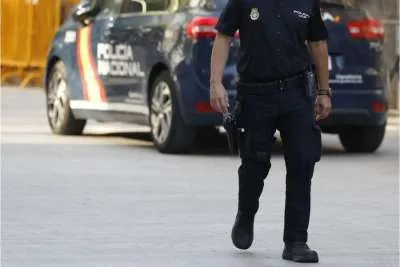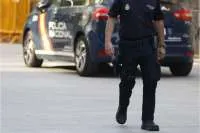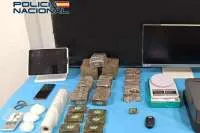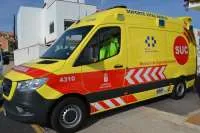How does the Ministry of Health decide alert Levels?
- 18-02-2021
- National
- Canarian Weekly
The indicators that mark the level of risk were defined several months ago by the Inter-territorial Council of the National Health System of Spain, so that there is a uniform system for determining it in all territories due to the coronavirus.
There are eight parameters that are taken into account, divided into two blocks, and for each one the limits established to qualify that risk are: minimum, low, medium, high or very high.
At all alert levels the format is the same:
- Level 1 is entered when there are at least two indicators from block I and one from block II at a low risk level;
- Level 2 when there are two from block I and one from block II at medium risk;
- Level 3 is when there are two indicators from block I and one from block II at high risk;
- Level 4 is when there are at least two from block I and one from block II at a very high level.
So, what are these indicators and how are they measured?
Here are all eight indicators, starting with the first six that make up Block I:
1) Accumulated incidence rate over 14 days (IA14):
Very high risk: above 250
High risk: between 150-250
Medium risk: between 50-150
Low risk: between 25-50
Minimum risk: less than 25
2) Accumulated incidence rate over 7 days (IA7):
Very high risk: above 125
High risk: between 75-125
Medium risk: between 25-75
Low risk: between 10-25
Minimum risk: less than 10
These two parameters are taken into account, be able to see the evolution in a longer or shorter period of time. When the transmission of the virus begins to decline, the first indicator to drop is the incidence in seven days. Because the IA14 takes longer, it is a more consistent indicator.
3) IA14 in people over 65 years of age:
Very high risk: above 150
High risk: between 100-150
Medium risk: between 50-100
Low risk: between 20-50
Minimum risk: less than 20
4) IA7 in people over 65 years of age:
Very high risk: above 75
High risk: between 50-75
Medium risk: between 25-50
Low risk: between 10-50
Minimum risk: less than 10
The parameters are used because this age group are the most vulnerable, and the most likely to be hospitalised.
5) PCR positivity rate:
Very high risk: above 15%
High risk: between 10-15%
Medium risk: between 7-10%
Low risk: between 4-7%
Minimum risk: less than 4%
This indicator marks the percentage of PCR tests that are positive out of the total of those carried out, and according to the criteria set by the World Health Organization, it should not exceed 5% over a seven day period.
6) Traceability:
Traceability is defined as the “percentage of cases assigned to an outbreak by follow-up, excluding the index case”. That means, it measures the percentage of infections in which its origin can be determined, and therefore also evaluates the tracking tasks.
Very high risk: below 30%
High risk: below 50%
Medium risk: above 50%
Low risk: above 60%
Minimum risk: more than 80%
Here are the two indicators that make up Block II:
7) Occupancy of Covid patients in wards:
Very high risk: above 15%
High risk: between 10-15%
Medium risk: between 5-10%
Low risk: between 2-5%
Minimum risk: less than 2%
This is one of the two indicators included in block II, and is the one that measures the pressure Covid is having on hospitals. It is especially important in order to establish the level of alert.
8) Occupancy of Covid patients in ICU:
Very high risk: above 25%
High risk: between 15-25%
Medium risk: between 10-15%
Low risk: between 5-10%
Minimum risk: less than 5%
These last two are the most difficult to reduce quickly for an alert level change, as the ICU parameter is usually the one that takes the longest to decrease. Health stats show that on average people take:
2 weeks to be discharged in home isolation;
4 weeks to be discharged from hospital wards;
8 weeks to be discharged from ICU.
With these parameters and the daily statistics that we post from the Ministry of Health, you will be able to see for yourself how the Governing Council decipher the alert levels and if any of the islands are moving positively or negatively towards a change.
Of course the Ministry of Health has access to wider statistics for each island, each municipality, each hospital, each ward, but hopefully it will make your understanding of the situation a bit clearer and less frustrating.






